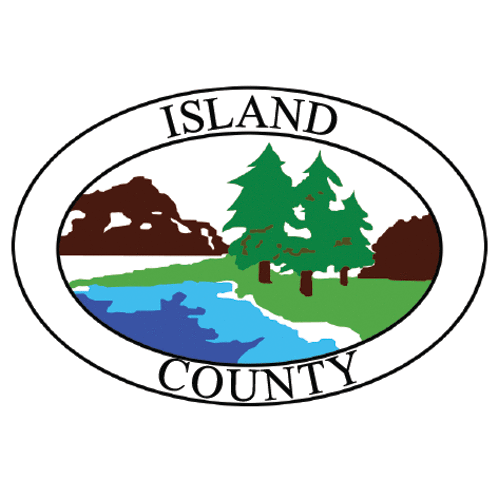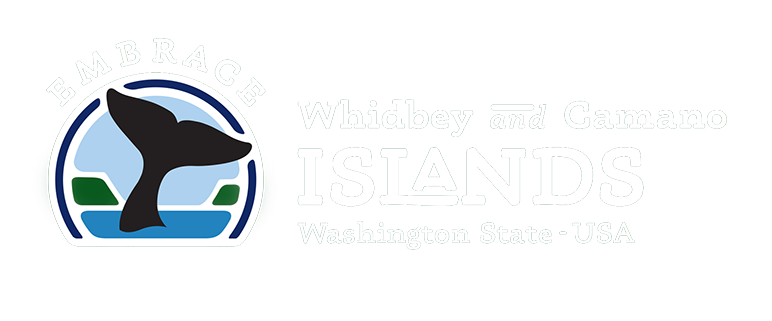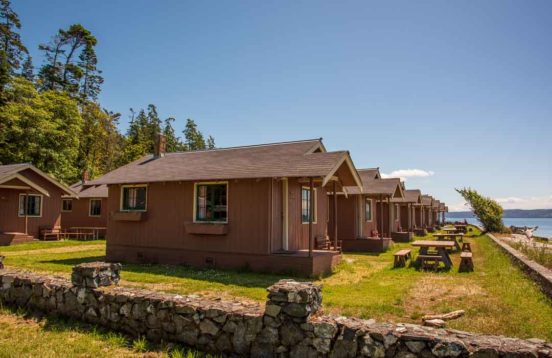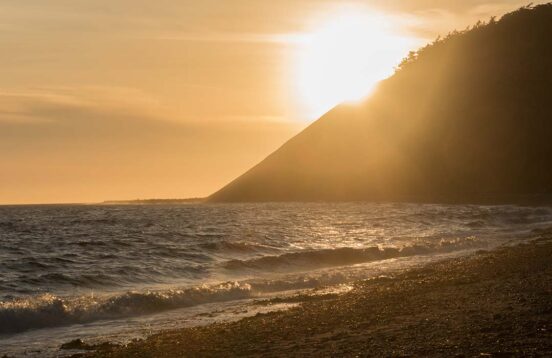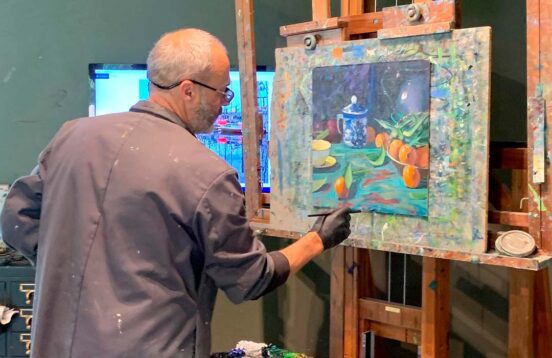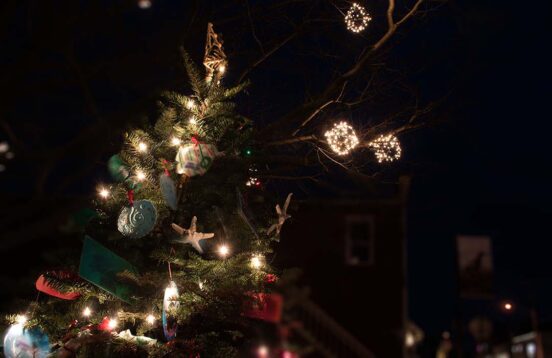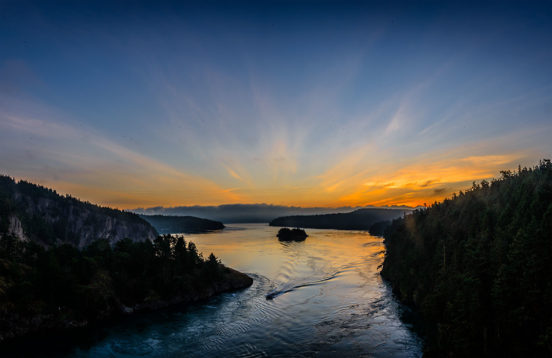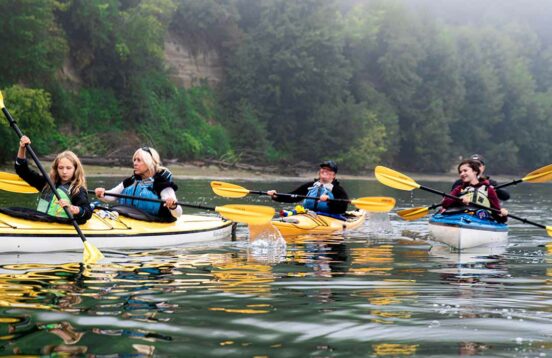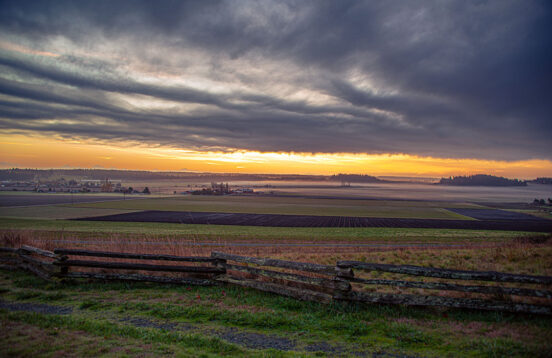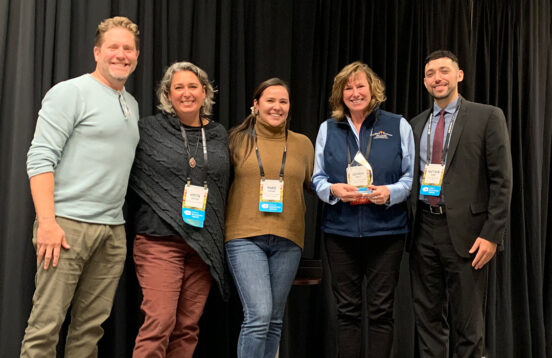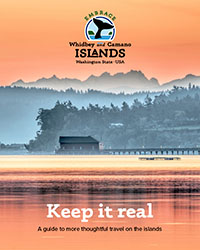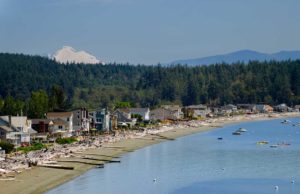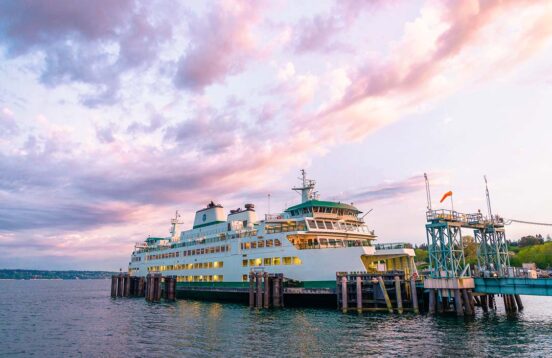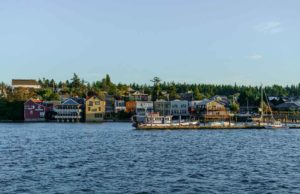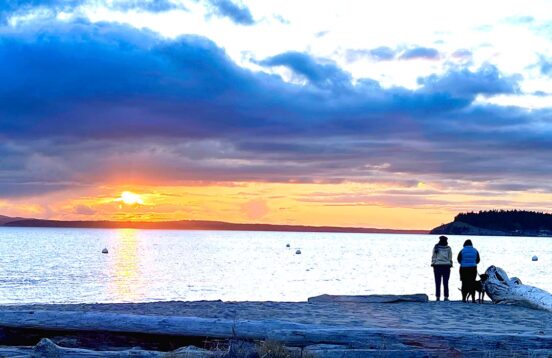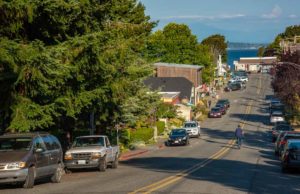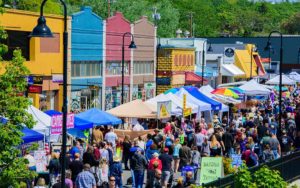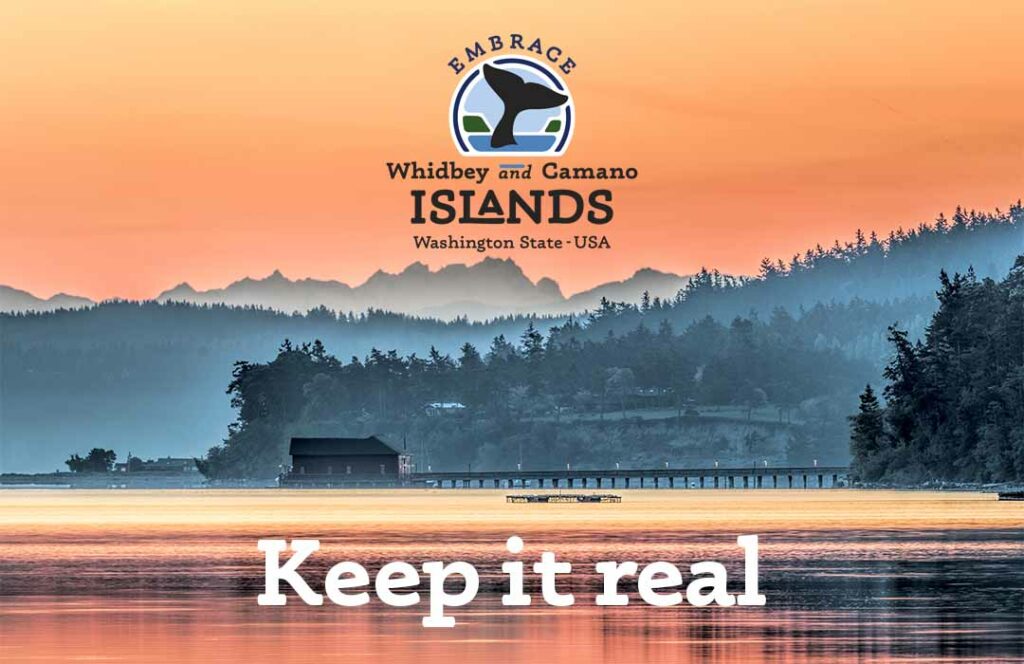
The art of being here
Just north of Seattle, embraced by the Salish Sea, you’ll find two of the most beautiful islands in the world. Easily accessed by bridge or ferry, Whidbey and Camano Islands feel a world away. Each island boasts gorgeous natural scenery, a vibrant arts culture, and delicious locally produced food and beverages. For all the wonderful things they share, each island has its own personality and many charming communities to explore. Both host lively, diverse events throughout the year, so no matter the season, there’s always something going on. Get into the rhythm of the islands and share the magic of this place, whether you’re planning a large celebration or a meditative retreat.
Stories about more thoughtful travel here
-
A wealth of parks
Whidbey and Camano Islands have many state parks, each with their own special reason to visit. We introduce you to a few of them.
-
-
-
Embrace the Chill and the Warmth
Experience the essence of the island by staying overnight, allowing yourself to be fully immersed in the local rhythm and embrace the ambiance and warmth of the community.
-
Go ahead! Be Awestruck! It’s Good for You!
There are places around here that leave you feeling awestruck and scientists now know that such feelings are actually good for you!
-
Intentional Travel
Intentional travel offers a deeper experience that benefits the visitor and the islands.
-
-
Preserving Our Stories
Why preserve the past? Because it helps us tell the stories of who we are today.
-
Reimagining Tourism:
A Community-Based Tourism ModelWe are honored and humbled to share the news that our efforts to re-imagine tourism are considered by our peers to be award-worthy.
Our Communities
-
Camano Island – Welcome to The Easy Island
photo: Diane Penland In the early 20th century, Camano Island became something of an artist’s haven. Creators across a wide spectrum of media once flocked to a 200-acre artistic commune on the island to live collaboratively and sell their work worldwide. That history directly shaped the community you’ll find today, awash with artists and creative thinkers. Once a year, the … Read More
-
Clinton – Where the greatest adventures begin
photo: Holly Davidson After a short, scenic ferry ride, you’ll disembark in the beautiful beachside community of Clinton. This lovely town has a long history as a hub for ferries, going all the way back to Mosquito Fleet crossings in the 1800s, well before the first car ferry in 1919. Even when most parts of the island were only accessible … Read More
-
Coupeville – In the heart of Ebey’s Reserve
For thousands of years before European settlers arrived, the area around what would become Coupeville was home to several Coast Salish villages of Lower Skagit peoples. The idyllic, sheltered shores of Penn Cove offered a wonderful place to make a home, with people living off the gifts nature provided from land and sea. The town was settled in the 1850s … Read More
-
Freeland – South Whidbey’s commercial hub
Freeland began as a socialist cooperative at the turn of the 20th century, taking its name from the Free Land Association that imagined a shared utopia. Since then, it has evolved into a business and commerce center for South Whidbey while still maintaining its sprawling natural beauty and sense of community stewardship. Freeland Hall stands watchfully over Holmes Harbor, connecting modern … Read More
-
Langley: A Visit to The Village by the Sea
Perched on a high bluff overlooking Saratoga Passage, Langley, a quaint and artistic community, packs a lot of personality. Originally founded in the late 19th century by fifteen-year-old Jacob Anthes, Langley became one of the first municipalities in the nation to have an all-female city council. The beautiful Langley Library overlooking the Cascade Mountains was originally spearheaded by Langley’s first female mayor more than 100 years … Read More
-
Oak Harbor – Home of Deception Pass State Park
Until the early 1940s, Oak Harbor was a small town, much like the other communities on Whidbey Island. Then, the Navy came, seeking a seaplane base. That base quickly expanded, and Oak Harbor grew into the lively small city it is today. The seaplane base is now Naval Air Station Whidbey Island, with thousands of service members and contractors bringing … Read More
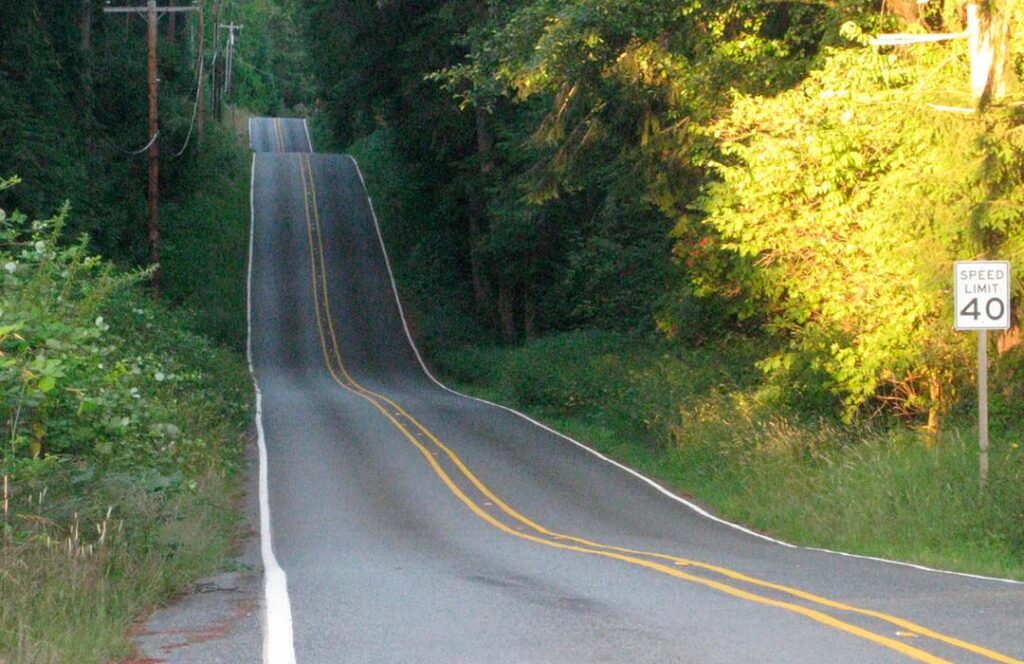
Cruising Camano
As you leave the hustle and bustle of Stanwood, you’ll cruise across the Gateway Bridge to Camano and feel that you’re entering Island Time. Big box stores and large avenues fall away, replaced by land and sea vistas, clusters of fun local shops, and sweeping rural roads. Camano Island insists you explore it from one delightful end to the other. Click the button to explore driving routes.
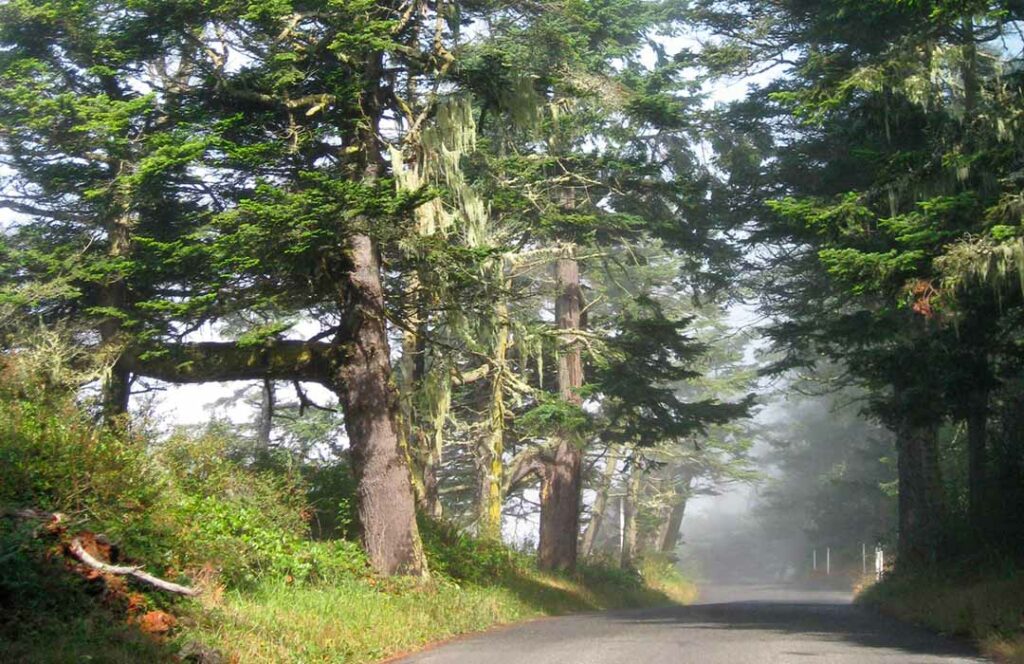
Scenic back roads of Whidbey Island
The main highways that run north and south on Whidbey Island take you to all kinds of brilliant places, but if you stay only on this corridor, you’ll miss so much of the island! Why stick to the highway when you could be cruising along a coastline, meandering through picturesque farmland, or discovering a tucked-away tasting room? Let yourself get lost! Click the button to explore back roads.
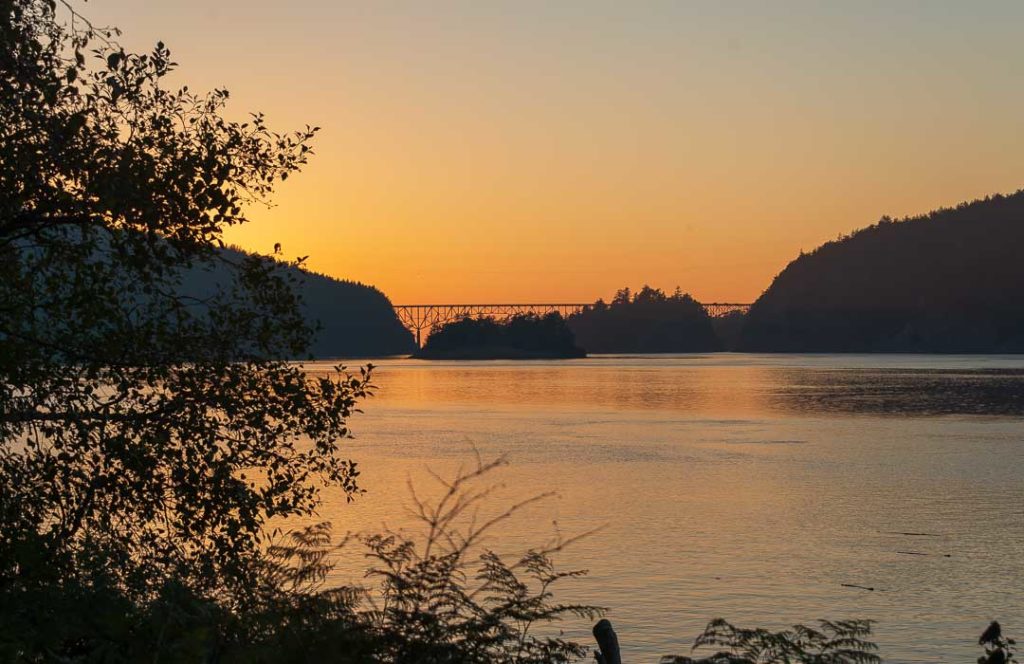
Island Hopper
In most counties, all the land is connected, but for Whidbey and Camano Islands, it’s the embrace of the Salish Sea that both binds us and, for a car-centric world, separates us. Why not make a mini road trip of it and try the route via Fidalgo and Fir Islands? It’s a trip not to be missed.
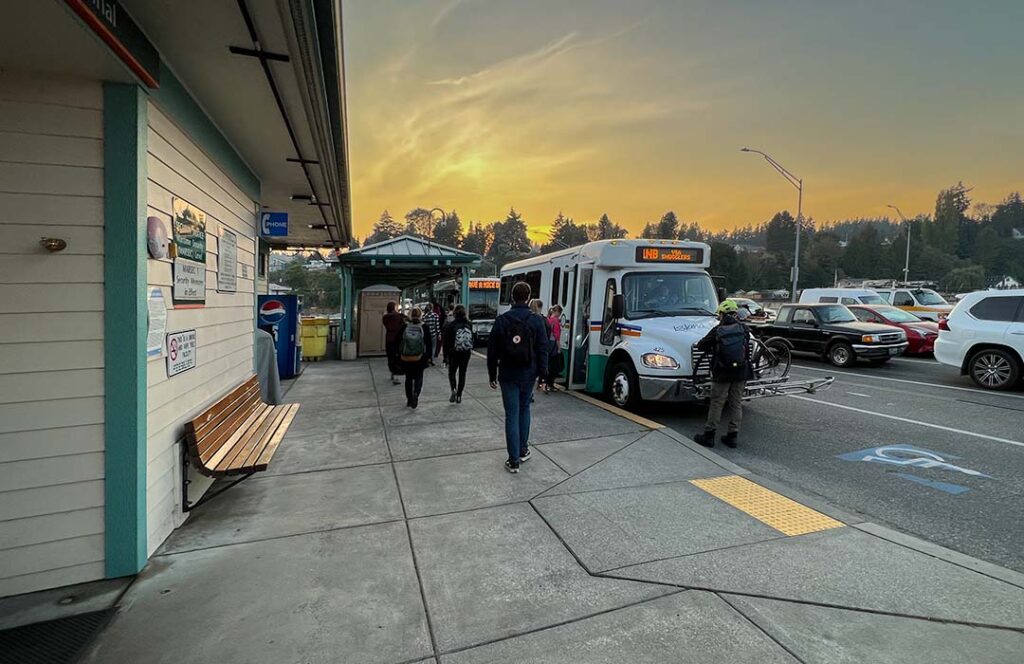
Scenic back roads of Whidbey Island
Both Whidbey and Camano Islands are fortunate to be served by Island Transit. This fare-free bus service operates daily, providing safe, accessible, and convenient experiences for all riders. Busses are equipped with a bike rack and can safely accommodate two wheelchairs or mobility devices. Visit their website for details.
It’s up to all of us. Keep these islands real.
Our goal:
“These islands in the Salish Sea are living systems in harmony
with people who thrive in a culture of belonging, mutual respect,
and ongoing transformation.”
Learn more about regenerative tourism
We are on a journey to reimagine tourism in a way that creates a more profound and richer experience for visitors and residents alike, and we invite you to come along.
This guide was made possible in part by a grant from Island County.
